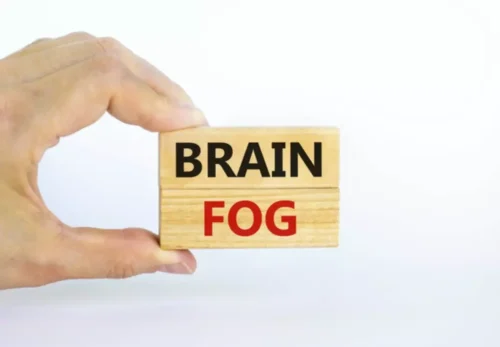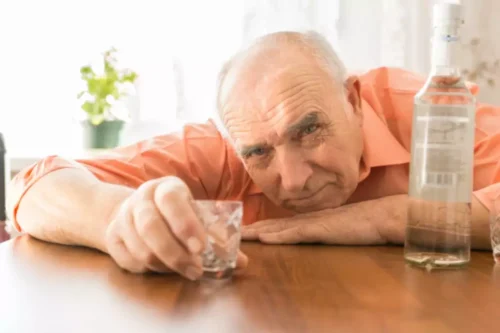
The patient should commence psychosocial treatment as described in these guidelines. This dose of diazepam (up to a maximum of 40mg) is then given to the patient daily in three divided doses. Even if the patient’s equivalent diazepam dose exceeds 40mg, do not give greater than 40mg diazepam daily during this stabilisation phase. Patients in withdrawal should not be forced to do physical exercise. Physical exercise may prolong withdrawal and make withdrawal symptoms worse. Methadone has the potential to induce orthostatic hypotension and syncope in ambulatory patients.
Methadone Treatment for Opioid Use Disorder

Buprenorphine is the best opioid medication for management of moderate to severe opioid withdrawal. Once treatment begins, healthcare providers should titrate the dosage carefully, as methadone has a narrow therapeutic index. The recommended target value for therapeutic drug monitoring is 400 μg/mL.[32] Individuals should undergo frequent reassessment during the initial therapy and when changing doses. Those at low risk for adverse outcomes should be monitored once every 3 to 6 months after achieving therapeutic levels of methadone. In contrast, individuals at high risk for adverse outcomes may require weekly monitoring. Even though the effects of methadone are different from those of other opioids, your body can still get used to it.
RESIDENCIES & FELLOWSHIP PROGRAMS
Patients in benzodiazepine withdrawal should be monitored regularly for symptoms and complications. Patients should drink at least 2-3 litres of water per day during withdrawal to replace fluids lost through perspiration and diarrhoea. Your doctor will keep this in mind when deciding on a treatment plan. It’s important to be honest with your doctor about your methadone use. Most of them inject it, which can expose them to diseases like HIV and hepatitis C.
Short Opioid Withdrawal Scale7
During withdrawal some patients may become disruptive and difficult to manage. The patient may be scared of being in the closed setting, methadone withdrawal or may not understand why they are in the closed setting. The patient may be disoriented and confused about where they are.
Reversing an Opioid Overdose

Inpatient programs, also sometimes referred to as residential, provide the patient with around-the-clock medical treatment, a variety of therapy programs, and valuable life skills training. Although each specific treatment program varies tremendously, there are thousands of options available, meaning there is a good match for every patient. Talk to your doctor before using opioid medicine if you are pregnant or planning a pregnancy. However, its effects are very different, as methadone is a slower acting opioid. This means that it may be helpful in treating opioid withdrawal symptoms from other drugs.

For those with a risk for severe withdrawal, such as those with plan opioid use disorder, you may benefit from a stay in a care facility during guided opioid withdrawal. It’s possible to experience withdrawal symptoms even with medical guidance. Being under supervised care can also provide the opportunity to https://ecosoberhouse.com/ receive beneficial counseling for substance use prevention and coping. But there are risks linked to opioid use — including severe constipation, nausea, dependence, misuse, opioid use disorder and accidental overdose. For example, opioid medicines may help when the pain level is very high and short term.
An Individual Process

Among heavy users, only some will experience withdrawal symptoms. These symptoms may complicate the patient’s involvement in treatment and should be taken into account when planning treatment. To avoid the risk of overdose in the first days of treatment methadone can be given in divided doses, for example, give 30mg in two doses of 15mg morning and evening. Assessing the use of methadone in various clinical scenarios demands specialized knowledge concerning its pharmacological characteristics and legal limitations.
- It is the first non-opioid medication clinically proven to do so.
- Be aware that very large doses of diazepam may be needed for this.
- Opioids are believed to change brain chemistry and alter the brain’s pleasure-reward circuits.
- Grapefruit may interact with this medicine and cause side effects.
- The fellowship curriculum incorporates didactic education covering the biological, psychological, and social theories of addiction.
- Short-acting benzodiazepines include oxazepam, alprazolam and temazepam.
If you suddenly take a higher dose of opioids, you’re at an increased risk of overdose. Methadone can cause death, and this typically happens to people who are taking large doses of prescription methadone for pain relief. Most overdose deaths linked to methadone are in people who take it at home, whether for pain relief or recreationally. Patients should be monitored 3-4 times daily for symptoms and complications. The Alcohol Withdrawal Scale (AWS, p.49) should be administered every four hours for at least three days, or longer if withdrawal symptoms persist. A patient’s score on the AWS should be used to select an appropriate management plan from below.
- It is unrealistic to think that withdrawal management will lead to sustained abstinence.
- Methadone is a long-acting full opioid agonist, and a schedule II controlled medication.
- Methadone works by specifically targeting a type of opioid receptor known as a mu receptor.
Medications for Withdrawal Symptoms
Prescription opioids are usually safe to use for a short time and as directed by your doctor. If you need to stop taking long-term opioids, talk with your doctor. To do it safely, you need to take less of the drugs slowly over time as a medical team keeps a close watch over you. If you feel the need to manage withdrawal symptoms, talk to your healthcare team right away. If you’re taking methadone or any opioid, ask your doctor if they can prescribe you naloxone. Naloxone can reverse an overdose from opioids, including methadone.
- However, when used for an extended period of time (e.g. several weeks), dependence can develop.
- The recommended target value for therapeutic drug monitoring is 400 μg/mL.[32] Individuals should undergo frequent reassessment during the initial therapy and when changing doses.
- A doctor monitors your methadone intake and response to make sure that the withdrawal process is safe and effective.
- Patients who exhibit severe psychiatric symptoms should be referred to a hospital for appropriate assessment and treatment.
- For this reason, some people discuss staying on methadone treatment at lower doses if they can.
- Don’t take methadone with any other substance that depresses your central nervous system.

